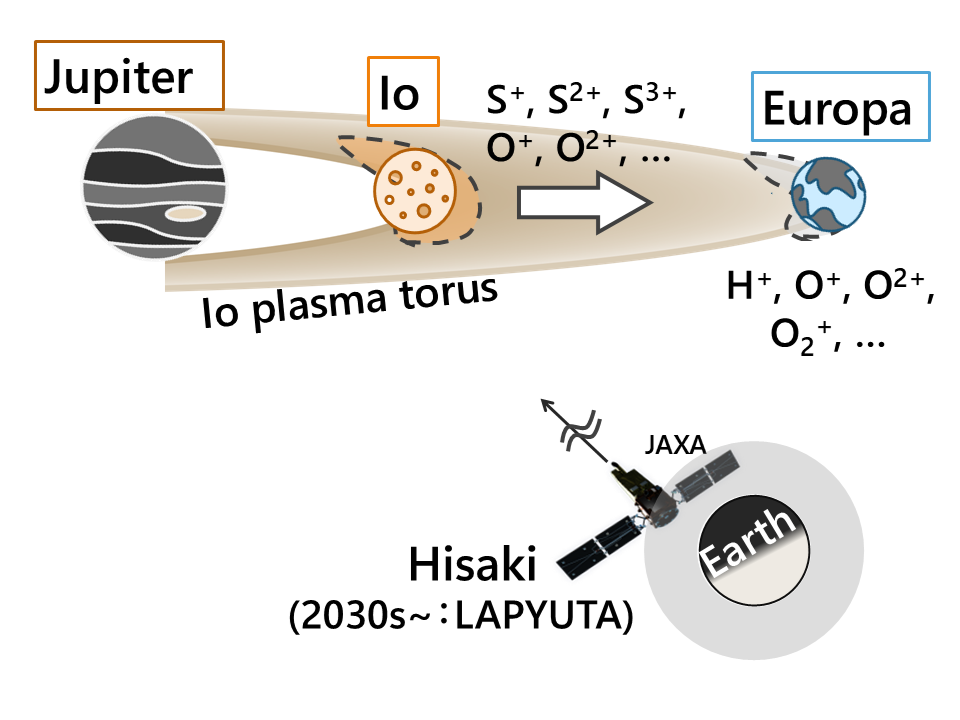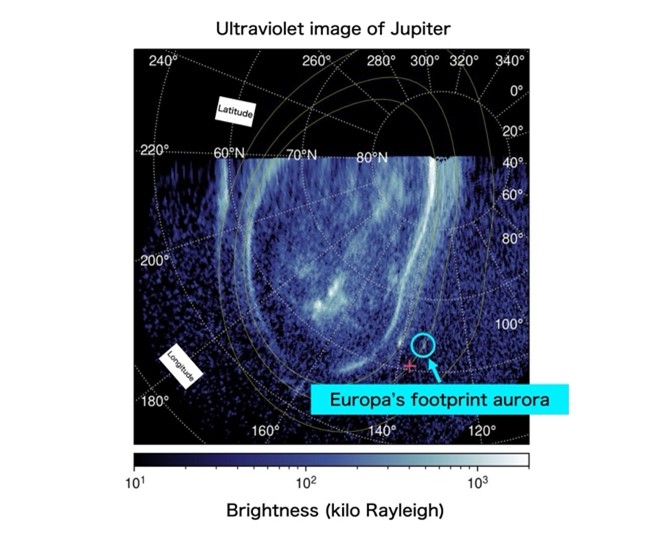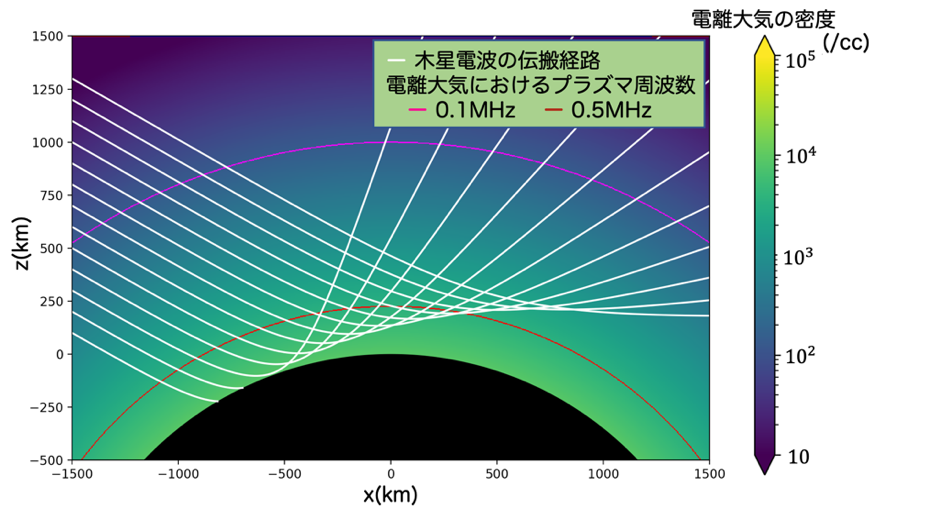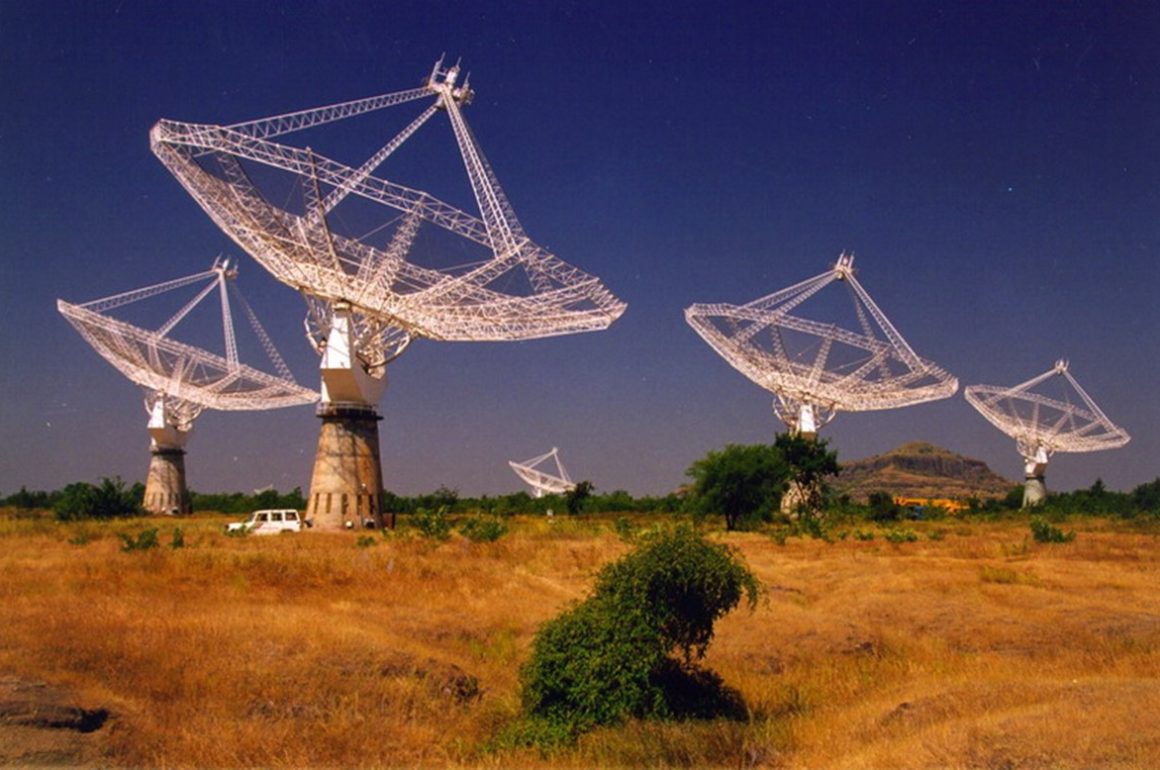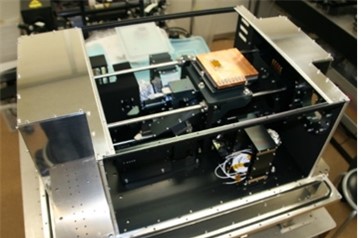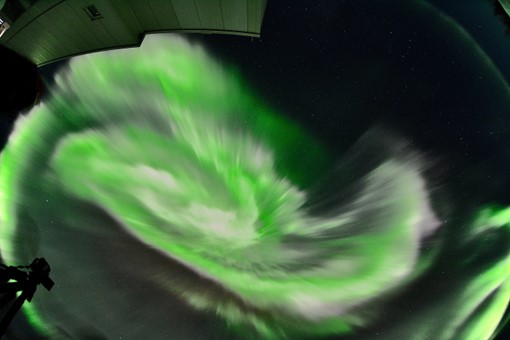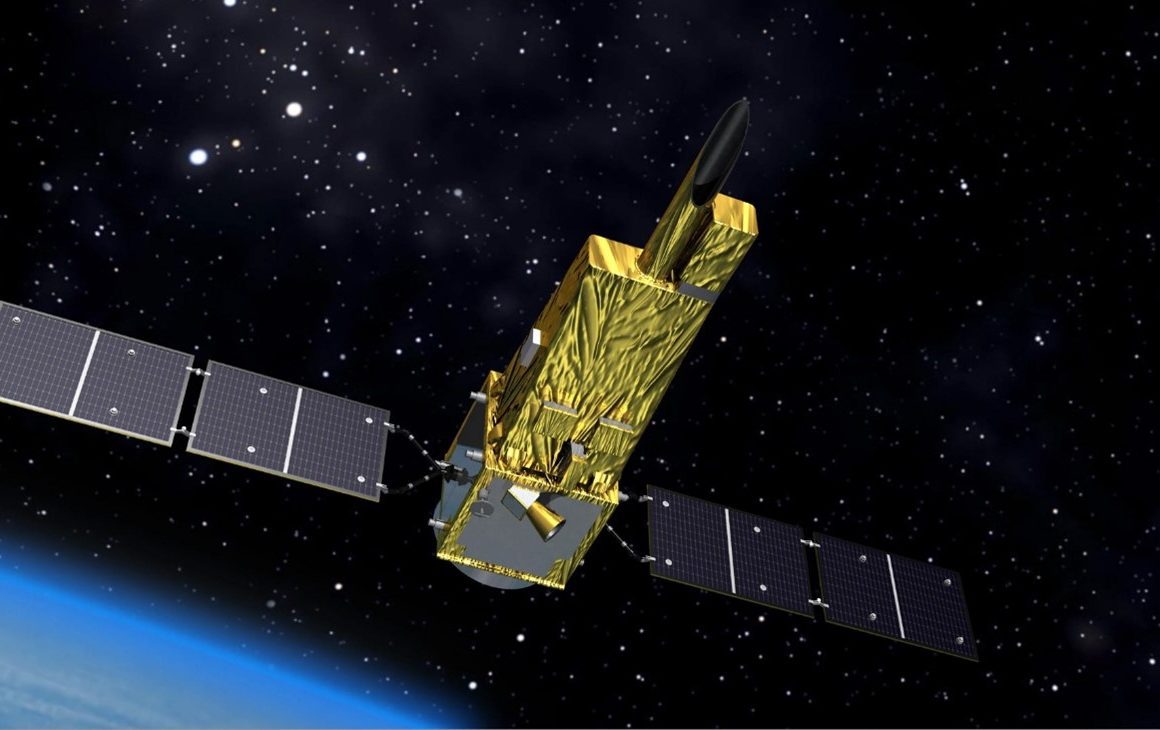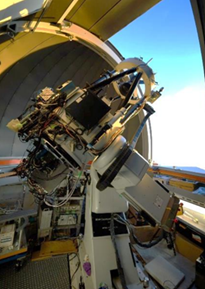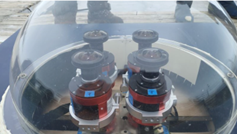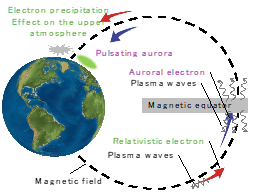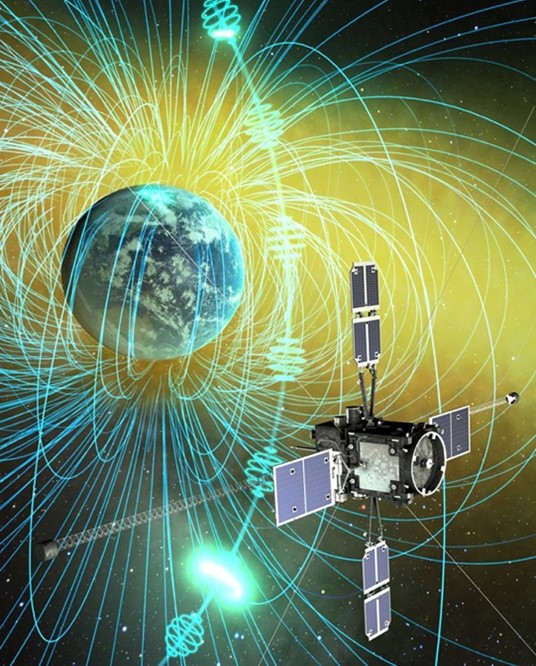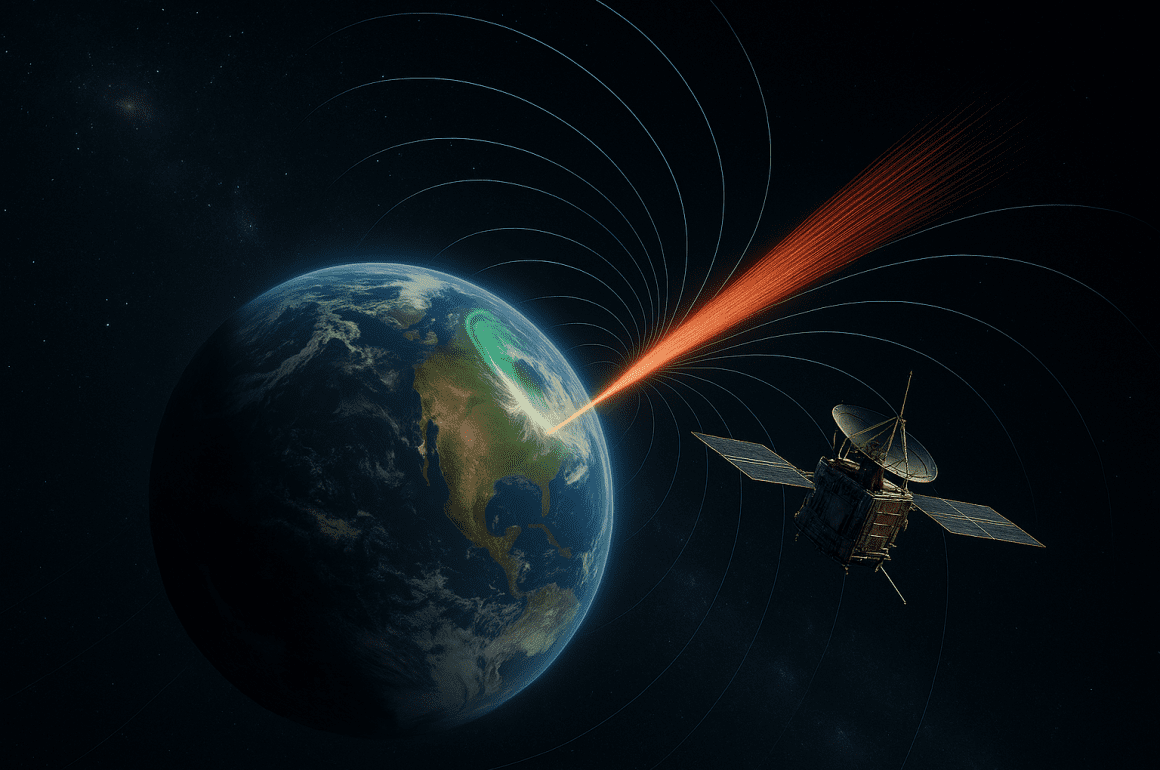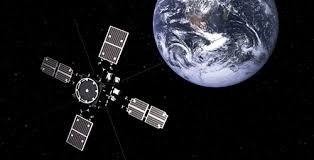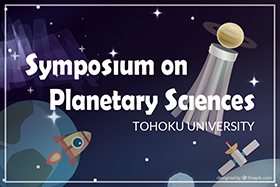Research
Jupiter possesses an exceptionally strong magnetic field, and within its magnetosphere lies a vast distribution of plasma released...
We focus on the volcanically active Io and the icy moon Europa. Sulfur and oxygen ions generated from...
Jupiter’s polar regions exhibit auroral emissions with complex structures. The “footprint aurora” associated with Europa is a signature...
Exploring Titan’s Ionosphere Using Saturn’s Radio Emissions and Its Application to the JUICE Mission
In this study, we focus on the refraction of planetary radio emissions as they pass through the ionospheres...
Jupiter’s synchrotron radiation (JSR) is emitted from the high-energy electrons trapped in the Jupiter’s radiation belts. Its intensity...
I analyze the Martian lower atmosphere conditions from OMEGA observation data, which is a near-infrared imaging spectrometer onboard...
We are developing a near-infrared camera (TOPICS) and a high-dispersion Echelle spectrograph (wavelength resolution ~20,000) for near-infrared observations...
We observe auroral emissions from both space and ground, and combine them with satellites and ground-based radar to...
Venus is believed to have once possessed a substantial amount of water, but today it is an extremely...
Mercury has a tenuous atmosphere containing alkali metals. In particular, the neutral sodium emission is bright and suitable...
Multi-wavelength observations of ground-based all-sky cameras are important for understanding the morphology and other characteristics of the aurora....
‘Geospace’ is the space around the Earth that consist of plasma (charged particles) originating from the Earth’s atmosphere...
“Have you heard that “Earth is like a giant magnet”? This magnet creates a vast region called the...
Auroral Kilometric Radiation (AKR), a type of auroral radio emission from Earth, is closely associated with various phenomena...
Since 2017 the Arase satellite has been investigating electron number density and temperature in the near-Earth environment. Electron...


